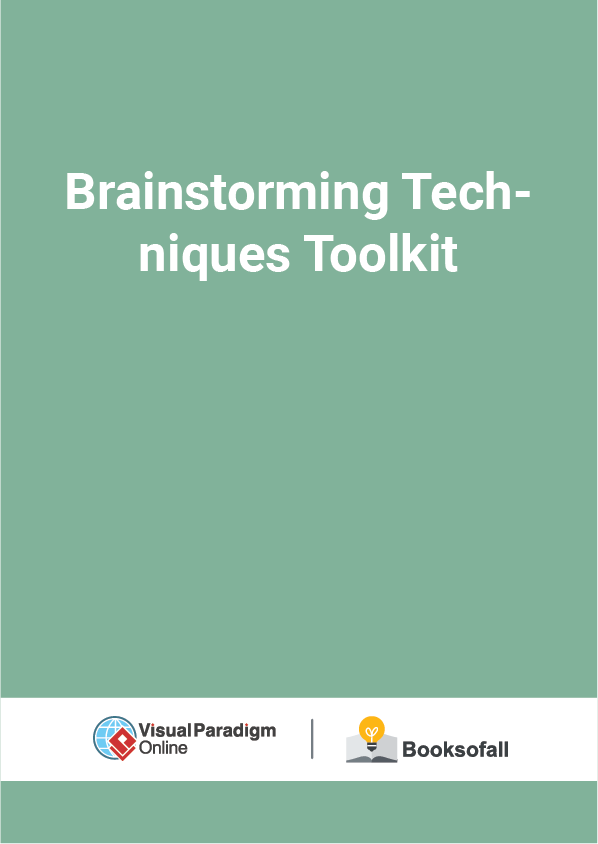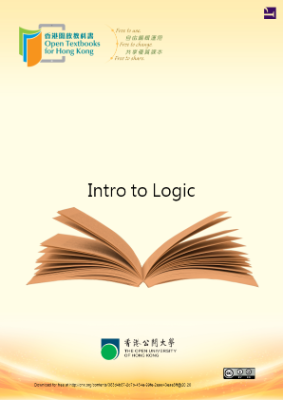Brainstorming Techniques Toolkit
18-23 minutes
Brainstorming is a group creativity technique by which efforts are made to find a conclusion for a specific problem by gathering a list of ideas spontaneously new ideas and possibilities. It’s a classic method widely used in business activities such as problem-solving, failure analysis, new product ideas, sales increasing, product improvements, etc.
“Brainstorming is something that we do naturally. As soon as you think of something that you want to do, your mind will automatically start “filling in the blanks”
– From Ultimate Brainstorming Book by David Allen
Brainstorming comes in handy in many situations where creative, cognitive thinking is required. It is a group of people meet to generate new ideas and solutions around a specific domain of interest by removing inhibitions. People can think more freely and they suggest as many spontaneous new ideas as possible. All the ideas are noted down without criticism and after the brainstorming session, the ideas are evaluated.
Guidelines: How to Have Better Brainstorming?
A skilled discussion leader should lead and coordinate the brainstorming sessions. This leader can motivate members, correct mistakes, and provide a clear standard of work. They can also be used to keep track of all the ideas and make sure that these ideas are available to everyone.
There are some guidelines which can improve the effectiveness and quality of their brainstorming sessions as listed below:
1. Group size should not be too large (at least three and no more than ten)
2. Build of the ideas of others
3. Everybody is given a chance to suggest
4. One conversation at a time
5. Be visual, display and combine ideas
6. Withhold criticism
7. Defer judgment
8. Freewheeling or wild ideas are encouraged
9. Go for quantity (not quality)
10. Stay Focused on the topic
Brainstorming Process in 5 Steps
Before brainstorming, it’s essential to go through the process of analyzing and focusing on objectives. Here are 5 typically steps for effective brainstorming:
1. Examine – Dig into the problem. Look at the history, the context, the objects, and(most importantly) the people involved
2. Understand – Go deeper and find patterns, Establish open question to build on.
3. Ideate – Have a lot of ideas, good and bad. Don’t stop at the obvious or the impossible.
4. Experiment – Try some things out. Make some things, Fail cheap and fail fast.
5. Distill – Strip your solution down to the essentials and tell the story to others.
How to Form a Team for Brainstorming Session?
To prepare for brainstorming, you would need a group of people, ideally at least three and no more than ten. If there are more than ten, chances are that some won’t participate but remain quiet and in the background.
Naturally, the group should be people with at least some experience with the problem, not just some random people you drag off the street. Older and experienced people are valuable since they know a lot about the problem. It also helps if the group gets along well and is comfortable with each other. If you need to include different levels of hierarchy, try to make the span not too wide.











